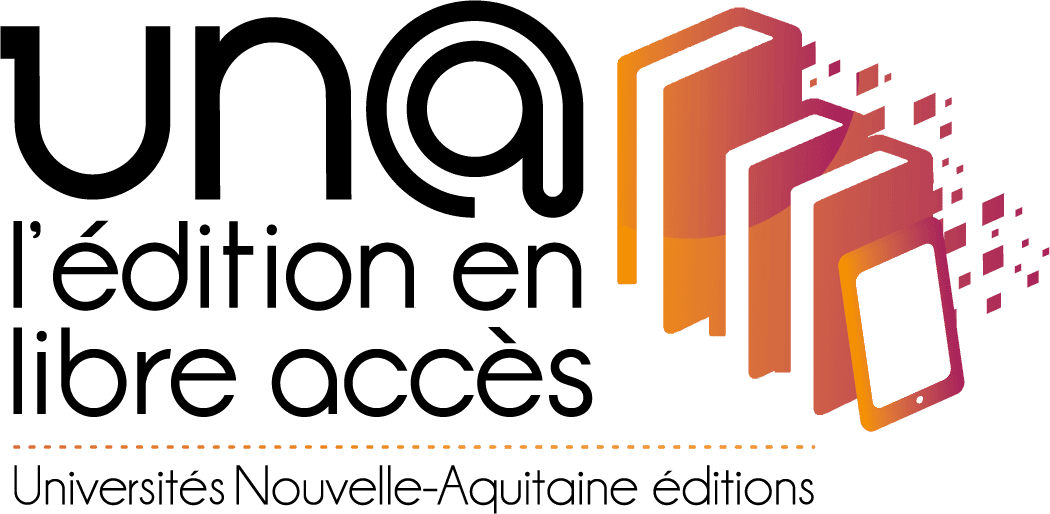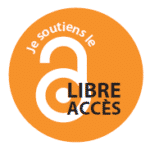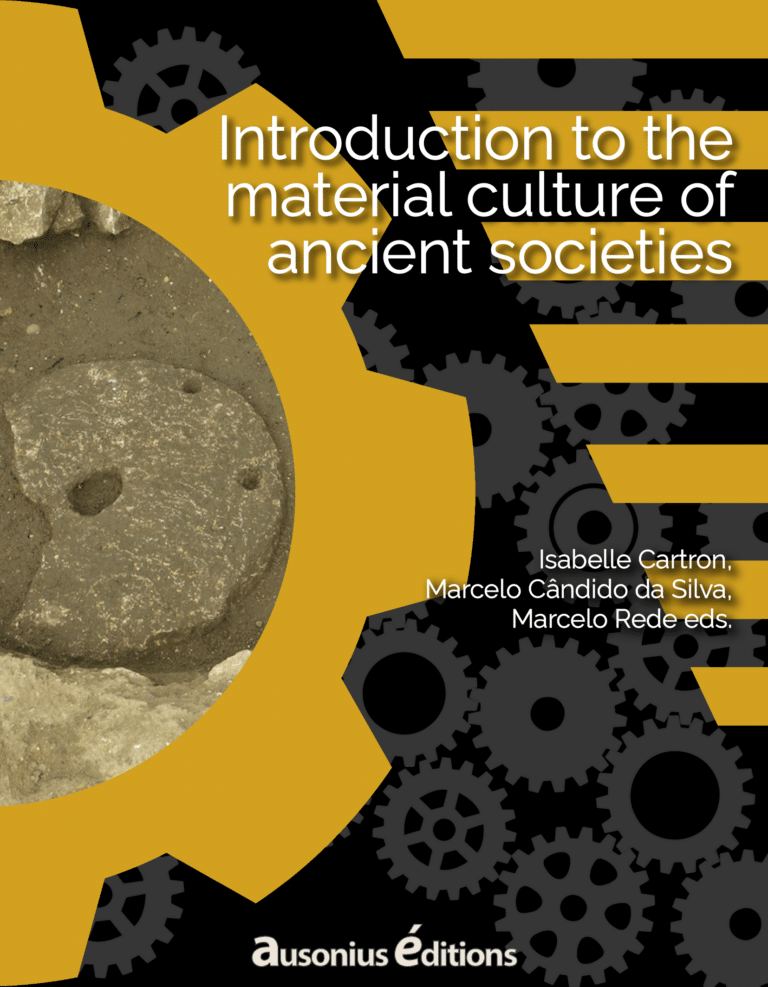The site of Ensérune (Hérault, France) is a major site of the Mediterranean Protohistory. At the centre of multiple linguistic and cultural contacts, this oppidum was occupied between the 6th and 1st c. BC by various populations who left several hundred inscriptions, evidence of this diversity. Some of them, found in the necropolis, are very well dated and show exchanges between the Greek, Iberian and Gaulish domains. The inscriptions on these beautiful vases are written in a very original graphic system: the Iberian semi-syllabary (here in the north-eastern variant) attested from the south of the Iberian Peninsula to the banks of the Orb, a few kilometres from Enserune. At present, this script can be read, but it is difficult to understand the language written on it.

The inscription shown here can be read from left to right and is incised after firing under the foot of an Attic vase found outside the tomb, but which can be dated from the beginning of the 4th century BC. It reads: ọṣ́ịobaŕenḿi. This is probably a mark of ownership, as the end of the sequence shows well-known suffixes in Palaeo-Hispanic epigraphy, –n and –ḿi, which seem to systematically mark possession in Iberian. The name, on the other hand, is a Gaulish name, adapted to the Iberian script (Oxiomaros/ọṣ́ịobaŕe). This simple registration provides a lot of information. From a linguistic point of view, it shows how a foreign name was heard and then adapted to be transcribed into the semi-syllabic system of the Iberian language. Thus, the /ks/ was written using one of the two sibilants available, the more marked one, in order to transmit well the sound later written in Latin with an x; on the other hand, as the sound /m/ does not seem to exist in Iberian, it is written thanks to another bilabial consonant, the <b> and more exactly, as the simple sound /b/ does not exist in Iberian, by the syllabogram <ba>. The addition of the suffixes of possession to this Gaulish name shows that Celtic individuals were in close contact with this script and language so that they chose this graphic system (rather than Greek or Latin) to inscribe their names. This phenomenon is very common in Enserune. It shows, from a sociolinguistic point of view, that different populations were in contact and that there was a stake in inscribing one’s name on luxury objects, such as this fragment of an attic cup. Furthermore, the quality of the vase and its workmanship tell us about the wealth of the individual who owned this object, and about his relatives who wished it to accompany him to the grave. Finally, from a broader point of view, this inscription shows long-distance economic exchanges, involving various intermediaries for the exchange of luxury goods between Greek, Iberian and Celts on the shores of the Languedoc during the 4th century BC.



